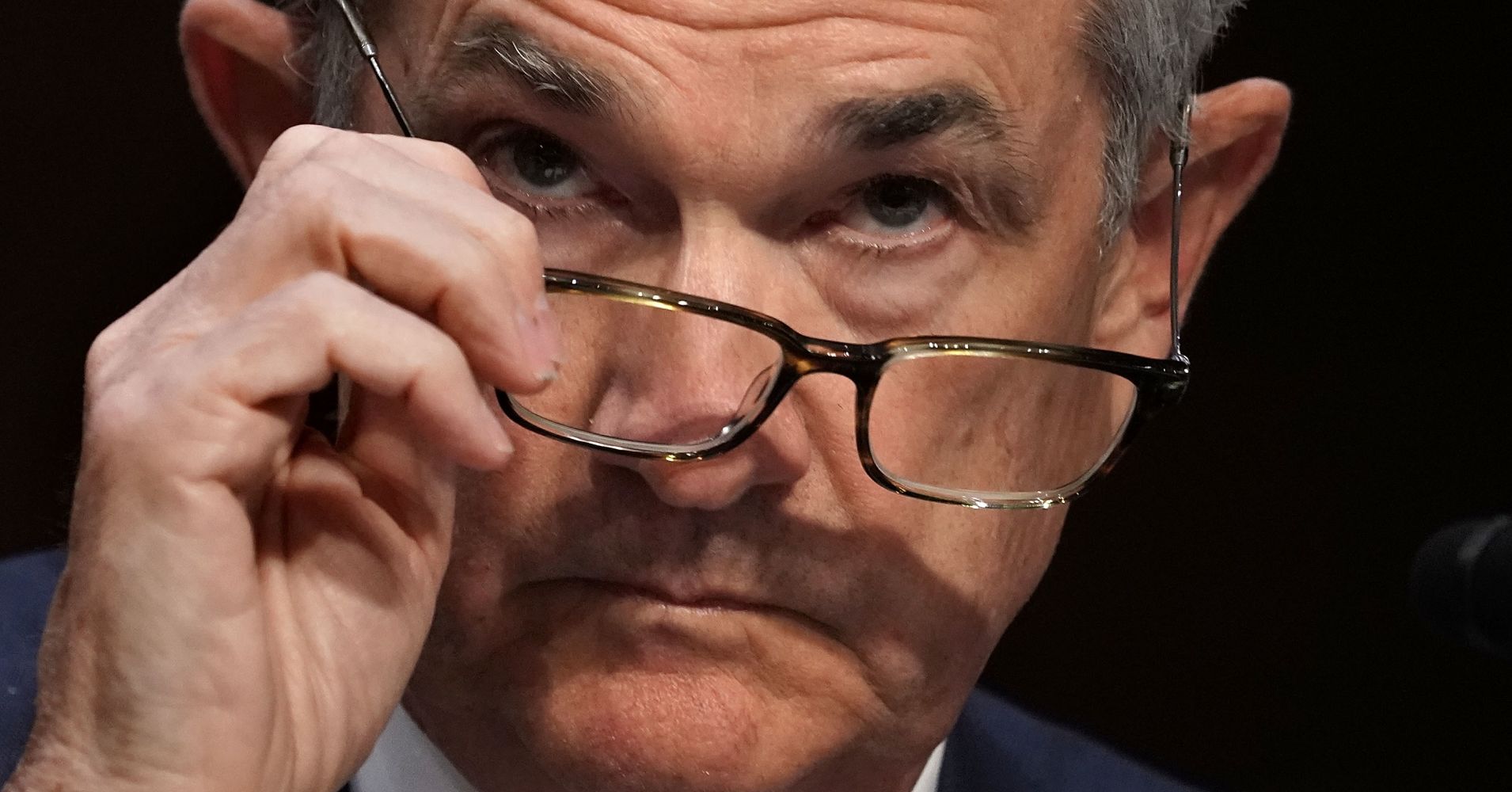Judging by a key speech he delivered last week, the market believes it has a Federal Reserve chairman who will take a more measured pace when it comes to interest rates.
Goldman Sachs economists think the market has it wrong.
Fed Chairman Jerome Powell, speaking Friday at the central bank’s annual retreat in Jackson Hole, Wyoming, delivered remarks that Wall Street interpreted as a dovish signal. They saw the speech as affirmation that Powell doesn’t see inflation or financial excesses posing a threat, thus allowing the Fed to continue the “further, gradual” approach that he said it desires regarding rate hikes.
Powell’s speech, though, came the day after a Fed study that advocated a more hawkish approach.
The paper, written by a team of five central bank economists, concluded that the Fed should pay more heed to the declining unemployment rate. Policymakers, they said, would be better off using low unemployment as a basis for raising rates than other inflation measures. The current jobless rate is 3.9 percent, near the lowest level in almost 50 years.
That study indicates a thinking in the Fed that it needs to stay aggressive on policy, Goldman economist Daan Struyven said in a note.
“[W]e suspect the study to be quite influential for two reasons. First, the careful study is highly relevant for the current outlook. Second, the authors include several of the most senior Fed staff economists,” Struyven said.
Indeed, Powell referenced the study and footnoted it in his speech on at least three occasions. He discussed it within the context of measuring risks and trying to model the usefulness of monetary policy under various scenarios. Struyven thinks the attention Powell gave it indicates its significance.
“More broadly, we see the speech as an endorsement of the Fed’s balanced approach, even in a changing economy,” Struyven wrote. “And consistent with the importance of labor market data, Powell’s speech concludes that further gradual increases in the policy rate would ‘likely be appropriate’ if ‘strong growth in income and jobs continues.'”
Taken in total, the Goldman economist sees indications of an even more aggressive Fed than thought. That means two more hikes this year, as the Fed has indicated, along with four more next year, which is one more than the latest “dot plot” of Fed rate expectations forecasts.
“We have repeatedly argued that the concern about labor market overshooting is likely to drive steady tightening until payroll growth slows to a sustainable pace,” Struyven wrote. “Our forecast remains another two hikes this year and four hikes in 2019, as we expect not only a limited core inflation overshoot but also a sizable unemployment undershoot — and an FOMC that continues to care about that undershoot.”
To be sure, the Goldman interpretation is not the consensus view, at least for now
Stocks have been in rally mode since the speech, and yields on government debt have continued to fall. And multiple market experts saw Powell giving a nod to the recent Fed study but then essentially saying it wasn’t pertinent to current conditions.
“Powell took 5 paragraphs of his talk to praise former Chair [Alan] Greenspan’s do-nothing stance on rates in the mid-late 1990s as an example of sound intellectual risk management. Inflation was waning at the time, although many economists thought it would return with a vengeance,” Nick Colas, co-founder of DataTrek Research, said in a note. “Greenspan, to Powell’s thinking, was wise to watch and wait.”
“Yes, he did highlight that the past two recessions (2000 and 2008) saw ‘destabilizing excesses’ and appeared ‘mainly in financial markets rather than inflation.’ But there is no mention in his talk that current financial market conditions show any similar excess,” Colas added.
But the Goldman analysis was not alone in at least suggesting that Powell is starting to notice excesses a bit more.
However, the prevailing market view is more of a wait-and-see approach rather than something more proactive.
“The difference in emphasis between the staff study and the chair’s speech will inevitably give rise to speculation that there may be some gap between the view of the chair and his personal advisors and the view of at least a large contingent of the institutional Fed Board staff as to the right approach to policy from here,” wrote Krishna Guha, head of the global policy and central bank strategy team at Evercore ISI.
“Powell qualified this by saying that financial vulnerabilities do not appear to be abnormally elevated today,” he added. “Still, we view Powell’s attention to risks of financial excesses as a significant distinguishing feature of the Powell Fed relative to the [Janet] Yellen Fed, and a factor that constrains the extent to which the chair will be dovish if financial conditions remain easy or even ease further.”


 Signal2forex.com - Best Forex robots and signals
Signal2forex.com - Best Forex robots and signals




